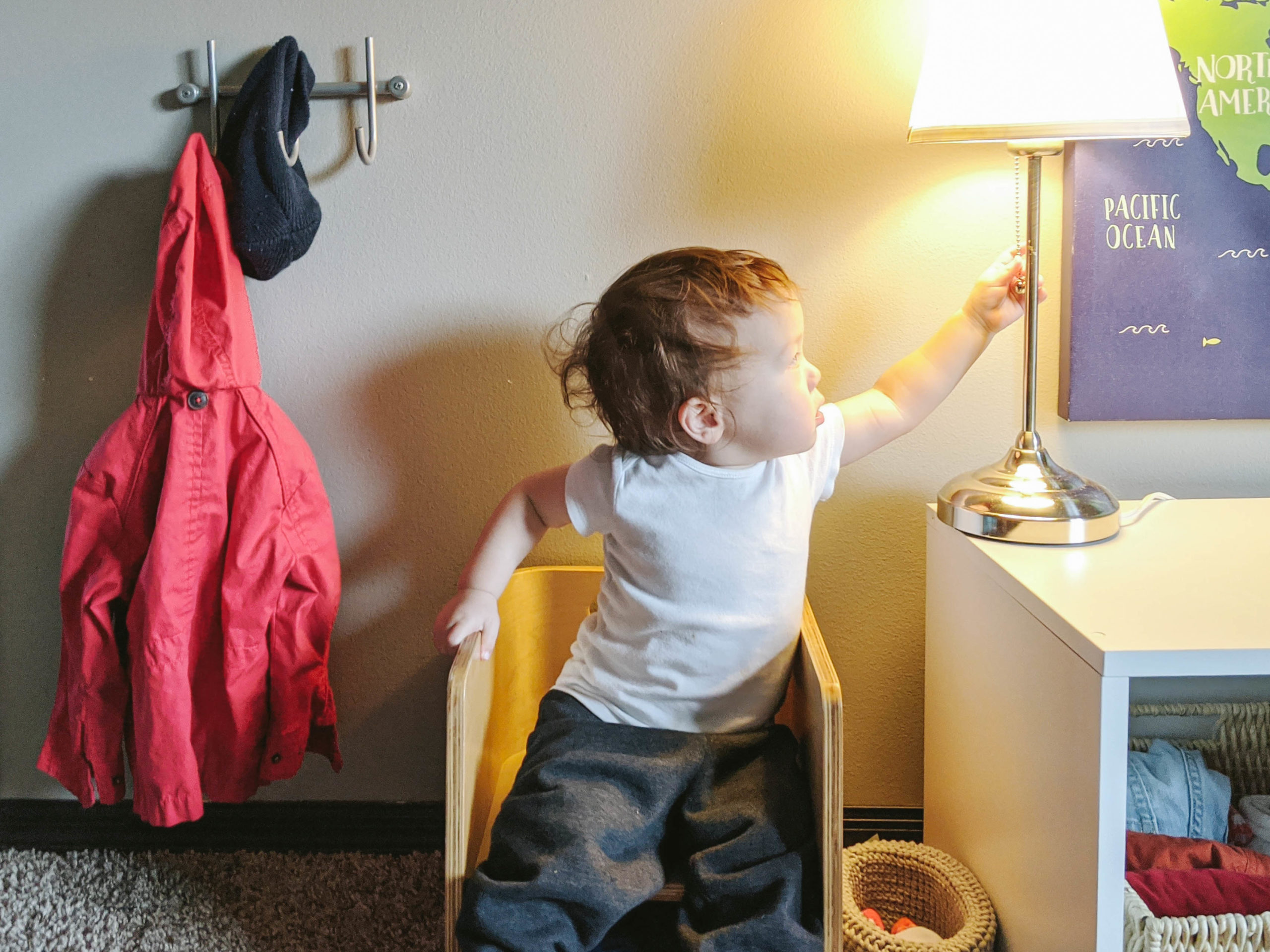 These days,
life looks different, doesn’t it? Many of us are working and learning
from home, and even those of us who are essential workers are coming to a
very different workspace each day.
These days,
life looks different, doesn’t it? Many of us are working and learning
from home, and even those of us who are essential workers are coming to a
very different workspace each day.
It’s amazing the places we’re finding help. Maybe it’s: a friend we didn’t realize knows how to sew making us masks, or a generous neighbor asking if we need something before they trek to the store, or a virtual tour of a zoo when quiet time isn’t very quiet. We stumbled upon this lovely article from Pop Sugar, not the first thought that springs to mind for advice about family and education.
One of the main take-home messages is a table from the Illinois State Board of Education regarding “suggested minimum and maximum times of engagement by each student in remote learning activities.” Guidelines like this are often quite helpful in reducing stress and the burden of at-home education, especially in times like this.
For children under 6, the minimum guideline is 20 minutes, and the maximum is 90 minutes, and recommended guidelines grow with children’s age through 12th grade.
Maybe, though, these time-based guidelines are causing stress. 20 minutes MINIMUM???!?! My three-year-old can’t sit still for 30 seconds! I’m so overwhelmed with trying to complete my own job from home or helping older children who have assignments due, even 20 minutes seems like a lot.
Here’s where we bring it back to Montessori. All work isn’t on paper. Everything children are doing is a learning experience.
If 20 minutes of paperwork seems impossible, reflect on all the other learning experiences during the day. It all counts.
Coloring or drawing prepares the same muscles and skills as handwriting. Reading a book or two before bed is literacy. Did your child make their bed, or use the toilet by themselves, or put away even one toy after using it? Did your child build legos, following a plan or their own creativity? Did you get outside and slip on a bit of ice — physics — or splash in the rain — physical education — or dig in the dirt — botany and zoology and so much more. Did they take a bath and practice pouring, or name body parts, or help with laundry with their dirty clothes? It all counts. One of the best parts of this article was the list of “Suggestions for Additional Activities,” all of which are clearly a direct benefit to a child’s success, academic and otherwise.
On the other end, oh my, maximum 90 minutes???!?! Maybe these last weeks have been really joyful at your house, skills have been exploding, and there aren’t enough worksheets to satisfy your child. That’s okay too! Learning happens all day, every day, and as long as it’s a joyful experience, maybe this season just means more “academic” work than others. We’ve been providing resources to families that might be of interest to their child, but they’re far from assignments, rather ideas, options, activities. Maybe today numbers don’t appeal but handwriting does, or sandpaper letters weren’t a favorite at school but the small paper moveable alphabet is a special treasure and is constantly in use.
The point is, we have one goal each day, particularly during a pandemic: do your best. It will all be okay.